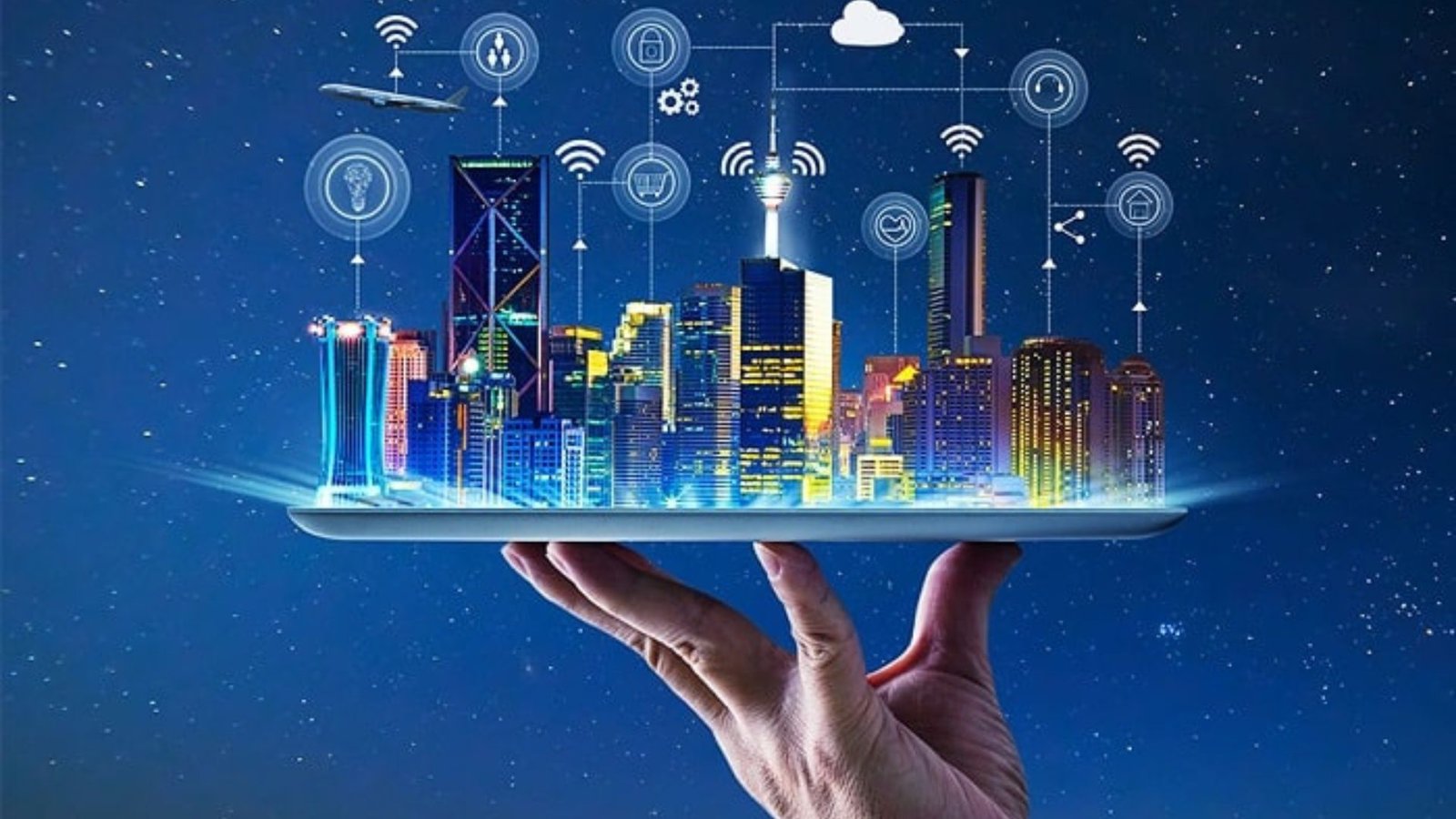Top Smart Technologies for Buildings
Have you ever wondered how buildings can become smarter and more efficient? With advancements in technology, architectural firms are integrating smart solutions to enhance functionality, sustainability, and user experience. Let’s explore some of the top smart technologies transforming modern buildings.
What are Smart Technologies for Buildings?
Smart technologies in buildings refer to systems and devices that use sensors, connectivity, and automation to improve efficiency, comfort, and security. These technologies help reduce energy consumption, optimize space utilization, and enhance overall building management.

1. Energy Management Systems
Energy Management Systems (EMS) are crucial for monitoring and optimizing energy use within buildings. These systems use sensors and data analytics to track energy consumption patterns and identify opportunities for efficiency improvements.
Transition: By adjusting lighting, HVAC (heating, ventilation, and air conditioning), and other systems based on real-time data, EMS helps reduce energy costs and environmental impact.
2. Smart Lighting
Smart Lighting systems use sensors and controls to adjust lighting levels based on occupancy, daylight availability, and time of day. LED lights combined with smart controls can significantly reduce energy consumption and maintenance costs.
Transition: Additionally, smart lighting contributes to creating comfortable and productive environments for building occupants.
3. Building Automation Systems (BAS)
Building Automation Systems (BAS) integrate various building systems, such as HVAC, lighting, security, and fire alarms, into a centralized control system. BAS allow for automated operations and remote monitoring, enhancing operational efficiency and responsiveness to building needs.
Transition: This integration improves occupant comfort and safety while optimizing energy use and maintenance efforts.
4. Smart HVAC Systems
Smart HVAC Systems utilize sensors and predictive analytics to optimize heating and cooling operations. These systems adjust temperature and airflow based on occupancy patterns and environmental conditions, improving energy efficiency and indoor air quality.
Transition: By maintaining optimal indoor conditions while minimizing energy consumption, smart HVAC systems contribute to sustainable building practices.
5. Internet of Things (IoT) Devices
Internet of Things (IoT) devices connect various building components and systems to collect and exchange data. From occupancy sensors to smart thermostats and security systems, IoT devices enable real-time monitoring and control, enhancing building efficiency and user experience.
Transition: IoT technology facilitates proactive maintenance, energy management, and personalized comfort settings within buildings.
6. Smart Building Materials
Smart Building Materials incorporate advanced technologies to improve building performance. Examples include dynamic glass that adjusts tint based on sunlight intensity and phase change materials for thermal energy storage.
Transition: These materials enhance energy efficiency, comfort, and sustainability by responding dynamically to environmental conditions.
7. Renewable Energy Systems
Renewable Energy Systems such as solar panels and wind turbines are integrated into building designs to generate clean energy onsite. These systems reduce reliance on traditional energy sources and lower carbon footprints.
Transition: Architectural firms prioritize renewable energy integration to promote sustainable building practices and achieve energy independence.
8. Cloud-Based Building Management Systems
Cloud-Based Building Management Systems centralize building data and operations in the cloud, enabling remote monitoring, predictive maintenance, and performance analytics. These systems enhance operational efficiency and decision-making for building managers.
Transition: By leveraging real-time data and analytics, cloud-based systems optimize building performance and support continuous improvement initiatives.
9. Biometric Access Control
Biometric Access Control systems use fingerprints, facial recognition, or iris scans to secure building access. These systems enhance security while providing convenience for occupants and reducing the risk of unauthorized entry.
Transition: Biometric access control systems are increasingly adopted by architectural firms to enhance building security measures and ensure a safe environment.
10. Integrated Building Management Platforms
Integrated Building Management Platforms combine multiple smart technologies into a unified interface for seamless operation and management. These platforms enable comprehensive oversight and control of building systems, optimizing efficiency and enhancing user experience.
Transition: Architectural firms utilize integrated platforms to streamline operations, reduce operational costs, and improve building performance holistically.
Conclusion
In conclusion, smart technologies play a pivotal role in transforming buildings into intelligent, efficient, and sustainable spaces. From energy management systems to IoT devices and renewable energy solutions, these technologies enable architectural firms to create environments that prioritize efficiency, comfort, and environmental stewardship. As technology continues to evolve, so too will the capabilities of smart buildings in meeting the needs of occupants and promoting sustainable development.
Embracing smart technologies is not just a trend but a strategic approach for architectural firms to design and manage buildings that are smarter, greener, and more responsive to the challenges of the future.



